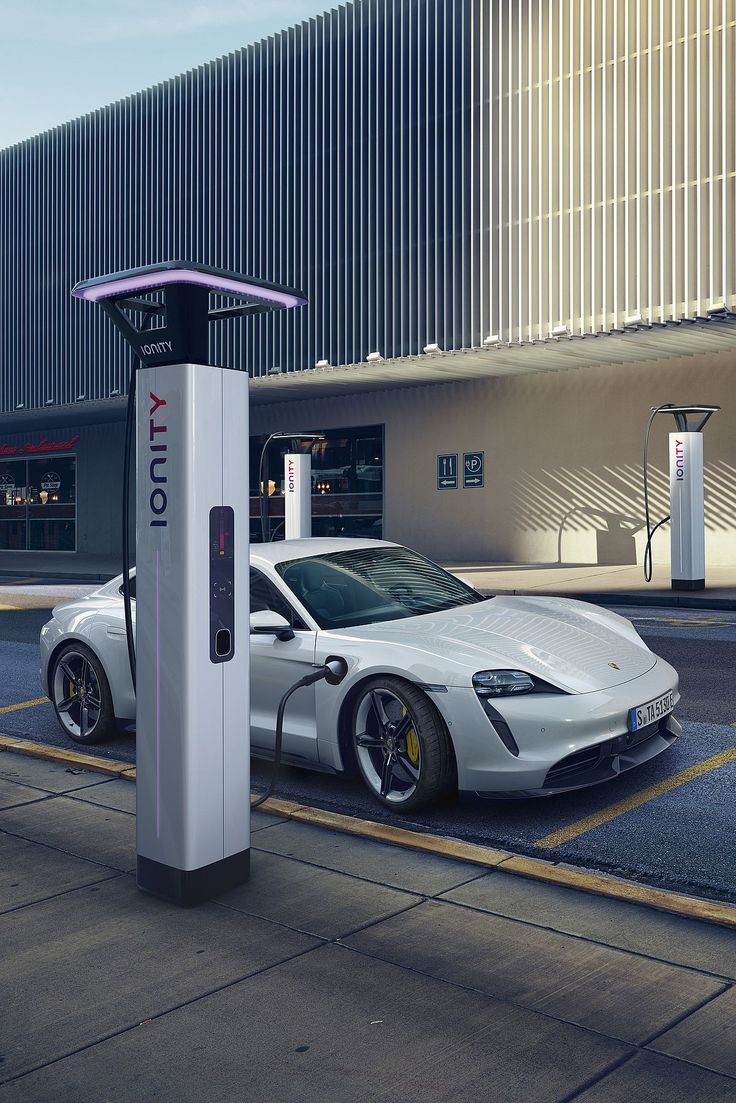In recent years, the automotive industry has witnessed a transformative shift towards sustainability and eco-friendliness, marked by the rise of electric vehicles (EVs). Electric vehicles have gained unprecedented popularity as a cleaner and more sustainable alternative to traditional internal combustion engine vehicles. This article delves into the world of electric vehicles, exploring their environmental impact, technological advancements, and the future of the automotive industry.
Environmental Impact:
One of the key driving factors behind the surge in electric vehicles is their positive environmental impact. Unlike traditional gasoline-powered cars, electric vehicles produce zero tailpipe emissions. This translates to a significant reduction in air pollution and greenhouse gas emissions, contributing to efforts to combat climate change. With the global push for cleaner energy sources, the adoption of electric vehicles aligns with a sustainable and greener future.
Technological Advancements:
The rapid advancements in electric vehicle technology have played a pivotal role in making them more accessible and appealing to consumers. Breakthroughs in battery technology, such as the development of lithium-ion batteries, have significantly improved the range and performance of electric vehicles. Charging infrastructure has also seen substantial growth, addressing concerns about the availability and convenience of charging stations.
Furthermore, electric vehicles are equipped with sophisticated energy regeneration systems. Regenerative braking, for example, converts kinetic energy into electricity during deceleration, enhancing the overall efficiency of the vehicle. These technological advancements not only enhance the environmental benefits of electric vehicles but also contribute to their growing popularity among consumers.
Economic Considerations:
The economic landscape of electric vehicles has undergone a transformation, with governments worldwide offering incentives and subsidies to promote their adoption. Many countries provide tax credits, rebates, and reduced registration fees for electric vehicle owners, making them more financially appealing. Additionally, the lower operational costs of electric vehicles, due to fewer moving parts and cheaper electricity compared to gasoline, contribute to their cost-effectiveness in the long run.
Challenges and Solutions:
While the electric vehicle market is expanding, it is not without challenges. Range anxiety, the fear of running out of battery power before reaching a charging station, remains a concern for some consumers. However, ongoing developments in battery technology are continuously addressing this issue by improving the range of electric vehicles.
Another challenge is the environmental impact of battery production and disposal. Efforts are underway to develop more sustainable battery technologies and recycling methods to minimize the environmental footprint of electric vehicles throughout their lifecycle.
Future Outlook:
The future of the automotive industry appears to be electric. Major automakers are investing heavily in electric vehicle development, with plans to phase out internal combustion engines in the coming years. Governments are also setting ambitious targets to reduce emissions, further incentivizing the adoption of electric vehicles.
As technology continues to evolve, electric vehicles will likely become more affordable, with increased range and faster charging capabilities. The growth of renewable energy sources will further enhance the overall sustainability of electric vehicles, creating a cleaner and more efficient transportation system.
The era of electric vehicles is undeniably upon us, marked by technological advancements, environmental consciousness, and shifting economic incentives. The transition to electric vehicles is a critical step towards a sustainable and greener future for the automotive industry. As the world embraces the electric revolution, we can anticipate a transportation landscape where cleaner, more efficient, and technologically advanced vehicles become the new norm.








